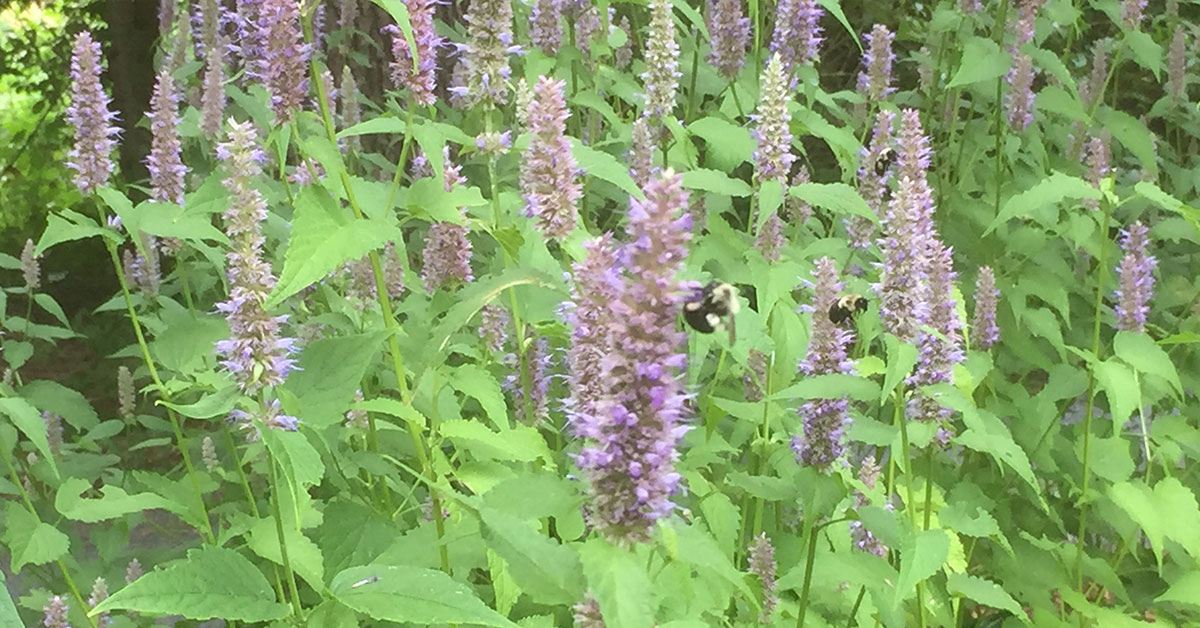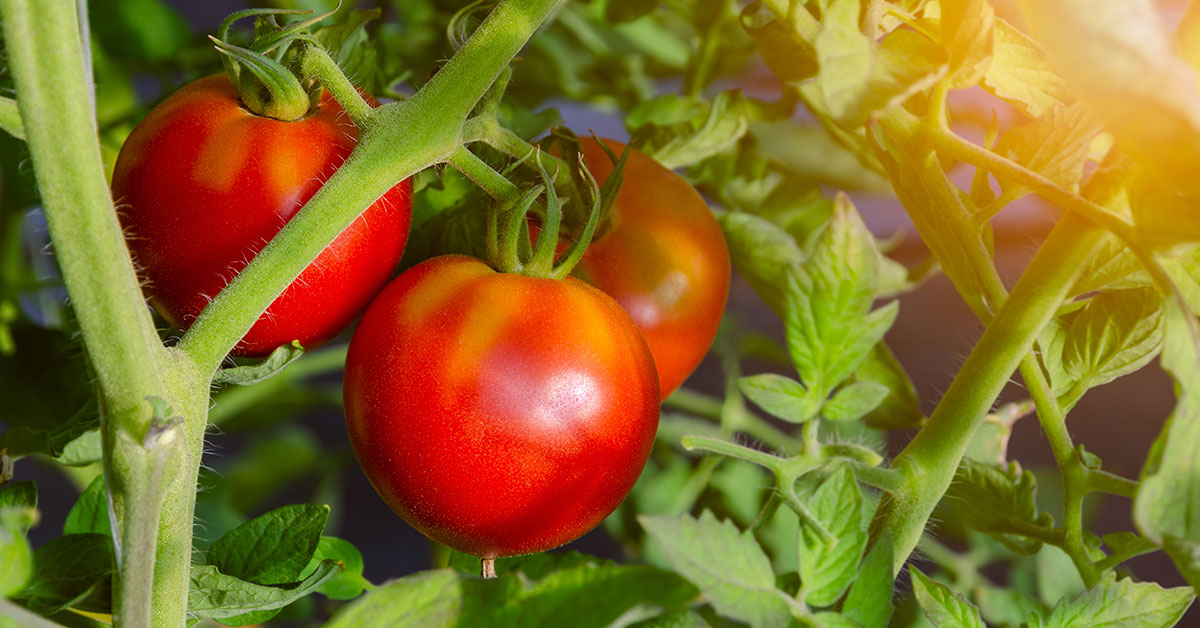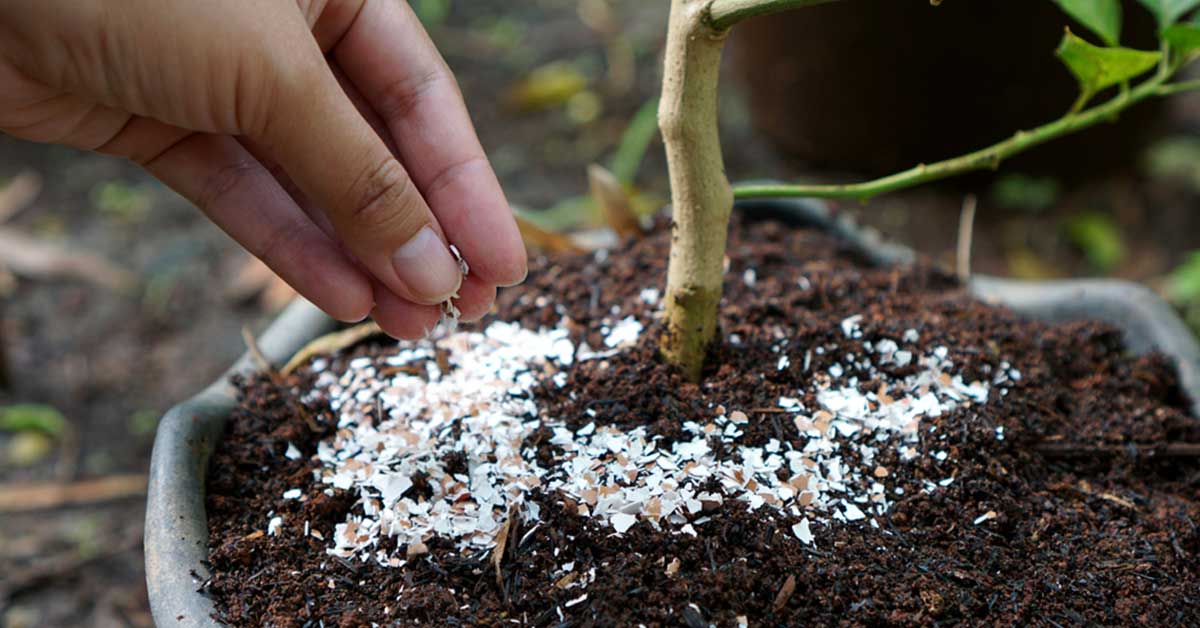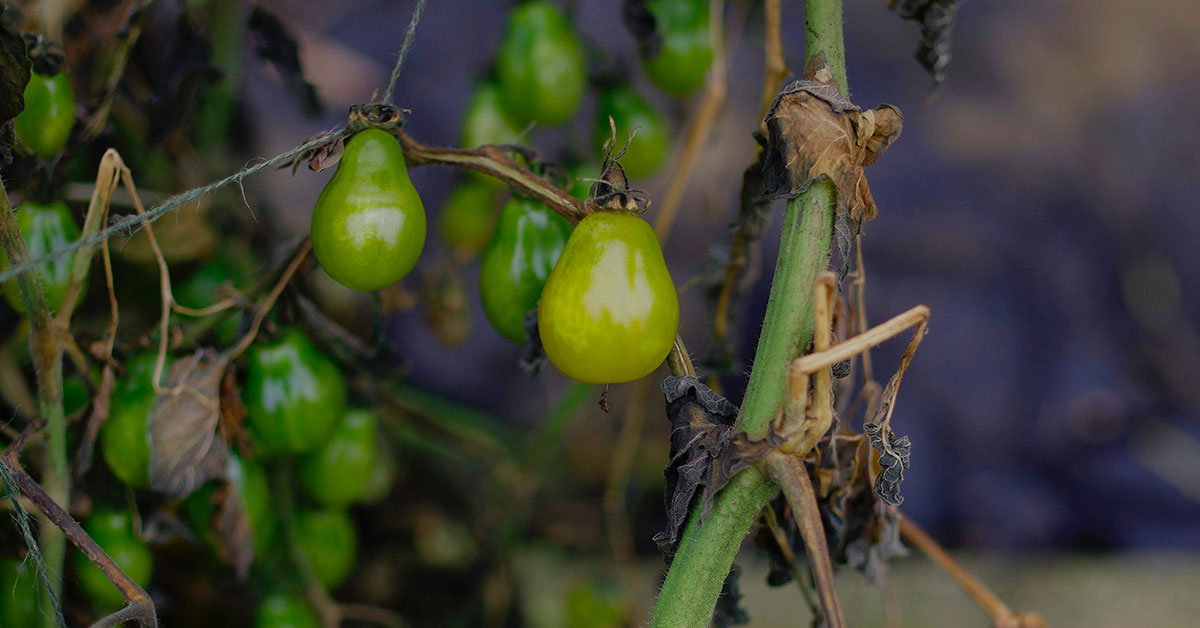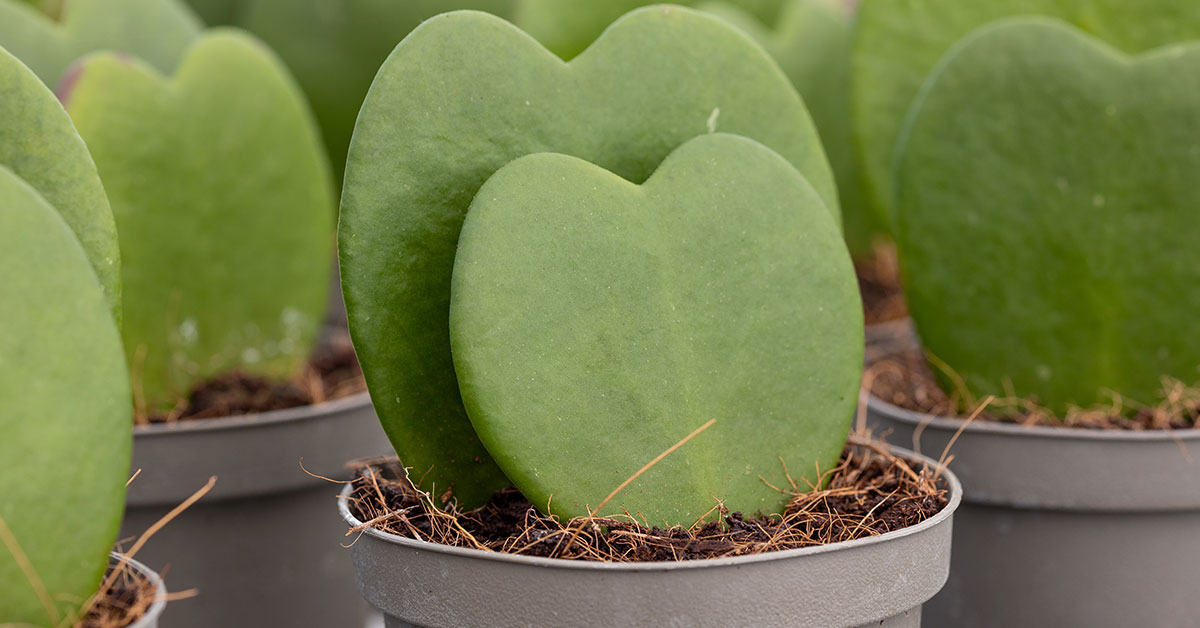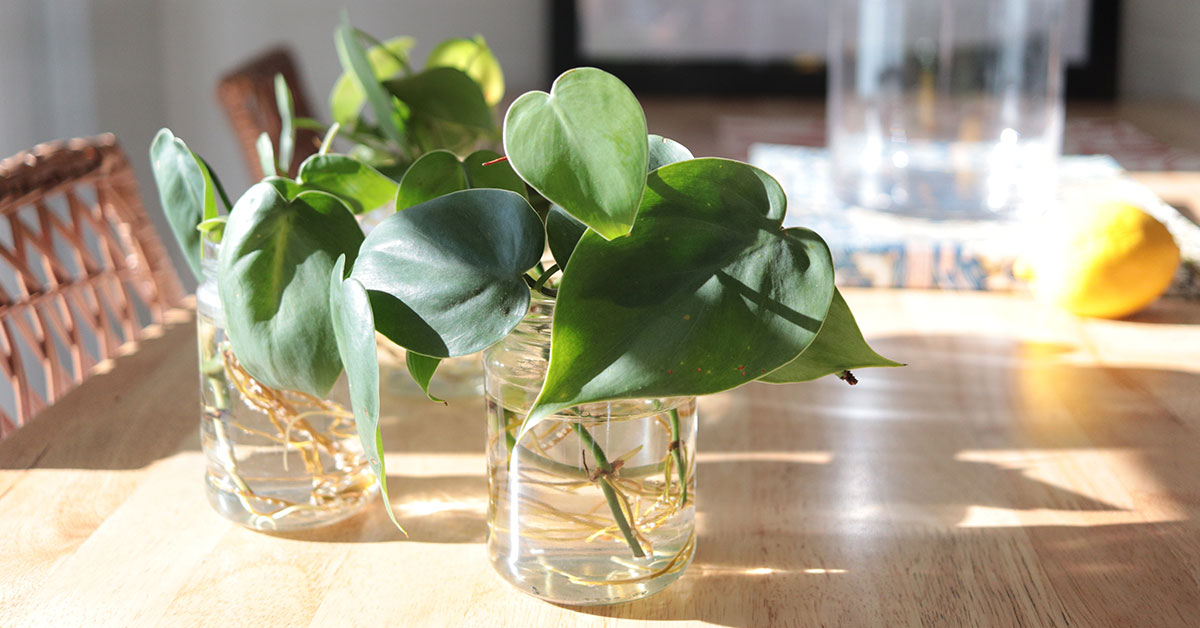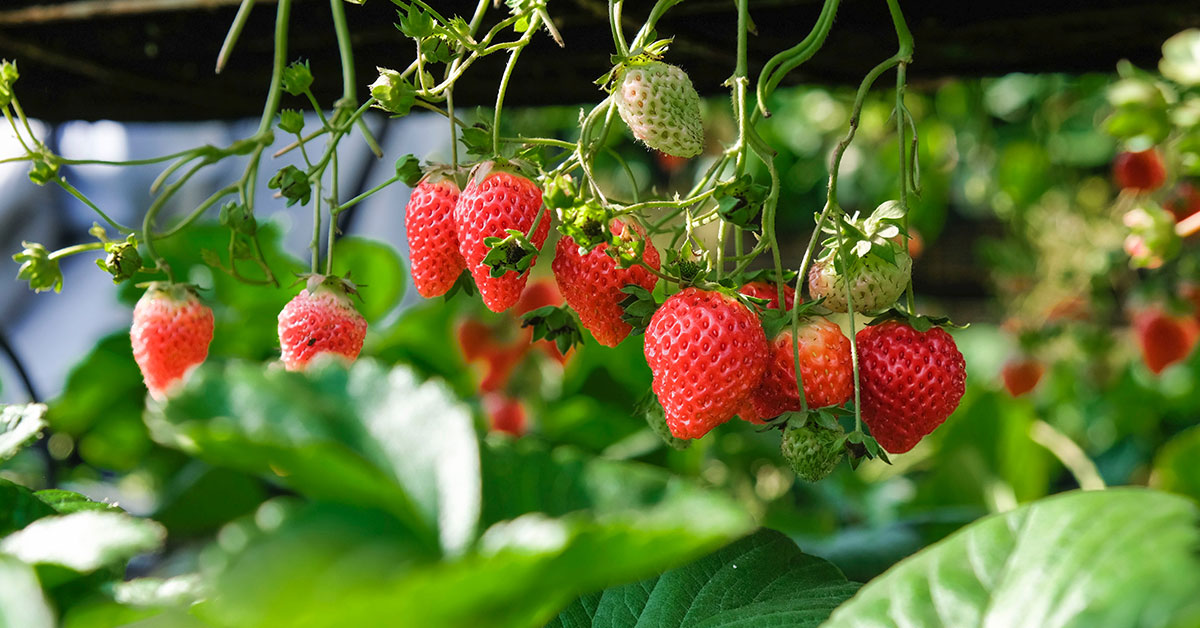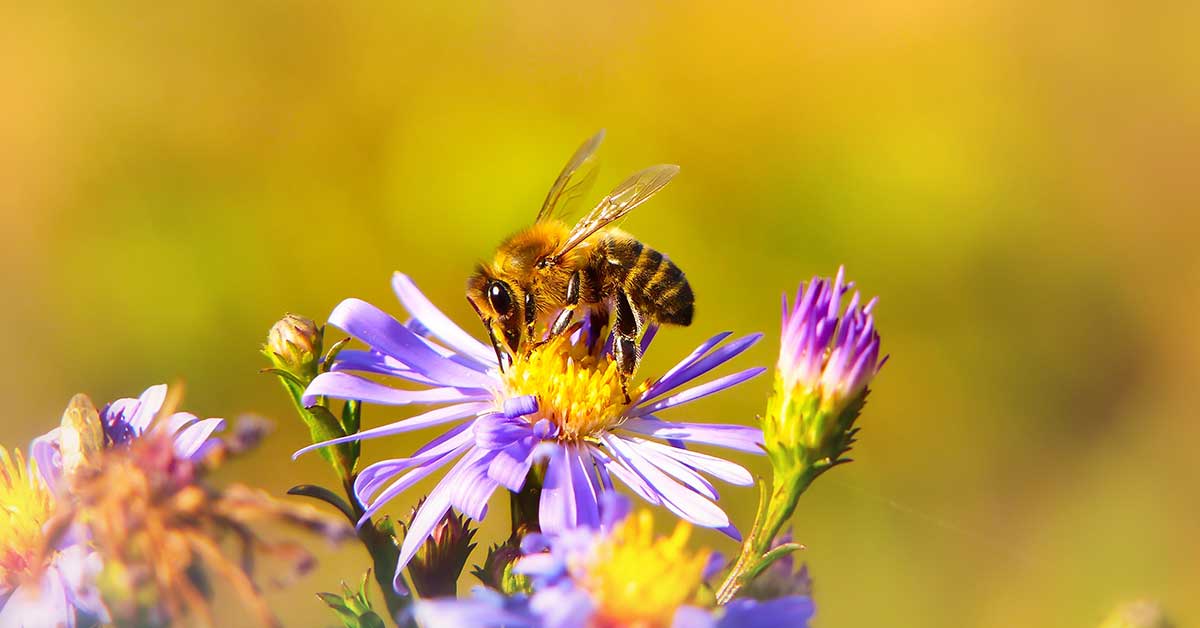As climate change continues to impact weather patterns, creating a water-wise garden has become increasingly important. Drought-tolerant flowers not only conserve water but also add vibrant colors and beauty to your garden. As an enthusiastic gardener, I’m excited to share some of the best drought-tolerant flowers that will thrive with minimal watering, helping you maintain a stunning garden even during dry spells.
In this article, we’ll explore ten remarkable drought-tolerant flowers, each native to regions where water conservation is essential. These plants are not only resilient but also require little water once established, making them perfect for sustainable gardening. Let’s dive into the world of water-wise gardening and discover how you can keep your garden blooming beautifully with these hardy flowers!
Lavender
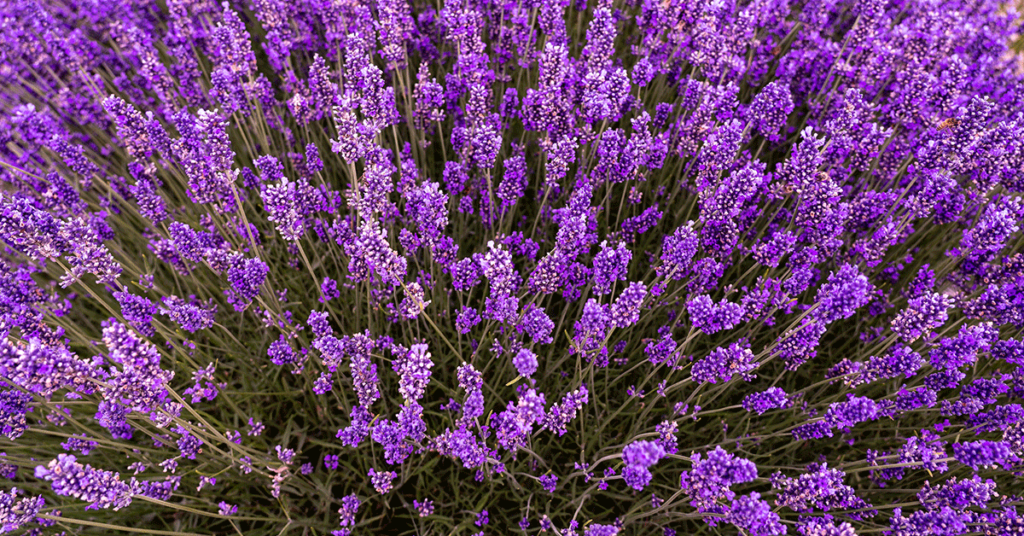
Lavender is native to the Mediterranean region and is renowned for its fragrant purple blooms and silvery-green foliage. This hardy plant thrives in hot, dry conditions and requires very little water once established. Lavender is perfect for sunny spots in your garden and can tolerate drought exceptionally well.
To grow lavender, plant it in well-drained soil and ensure it receives full sun. Water sparingly, allowing the soil to dry out between waterings. I love the calming scent of lavender and its ability to attract pollinators while adding a touch of elegance to my garden!
Blanket Flower
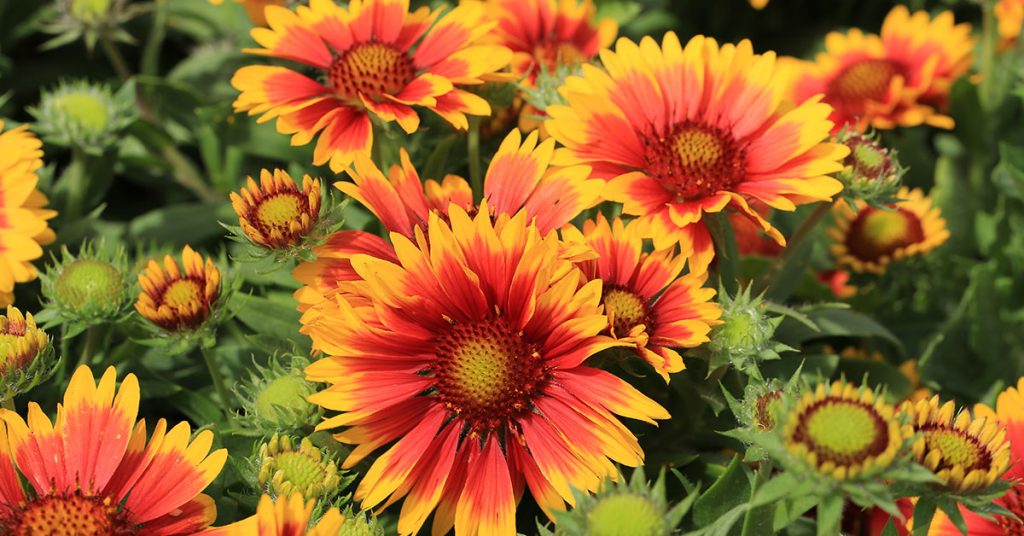
Blanket flower, or Gaillardia, is native to North and South America and is known for its bright, daisy-like blooms in red, orange, and yellow hues. This flower thrives in poor, dry soils and requires minimal water once established, making it perfect for drought-prone areas.
Plant blanket flowers in well-drained soil and ensure they receive full sun. Water deeply but infrequently, allowing the soil to dry out between waterings. I adore the vibrant colors of blanket flowers and their long blooming period, which adds continuous beauty to my garden!
Yarrow
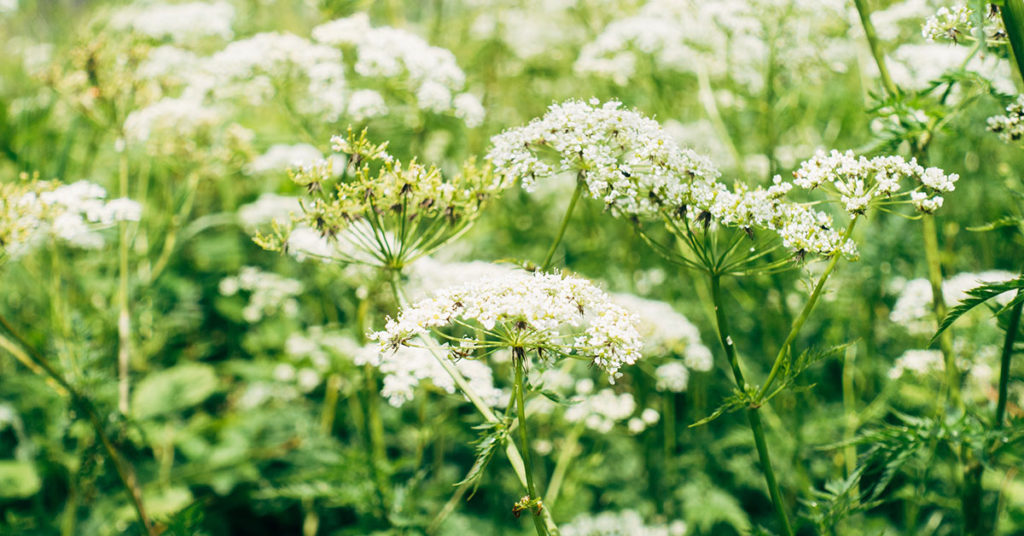
Yarrow is native to Europe and Asia and is celebrated for its clusters of tiny, colorful flowers atop feathery foliage. This hardy plant is drought-tolerant and can thrive in dry, sunny conditions with minimal water once established. Yarrow is also known for its medicinal properties and pollinator-friendly blooms.
To grow yarrow, plant it in well-drained soil and ensure it receives full sun. Water sparingly, allowing the soil to dry out between waterings. I appreciate yarrow’s resilience and the bursts of color it brings to my garden, making it a wonderful addition to any water-wise landscape!
Coneflower
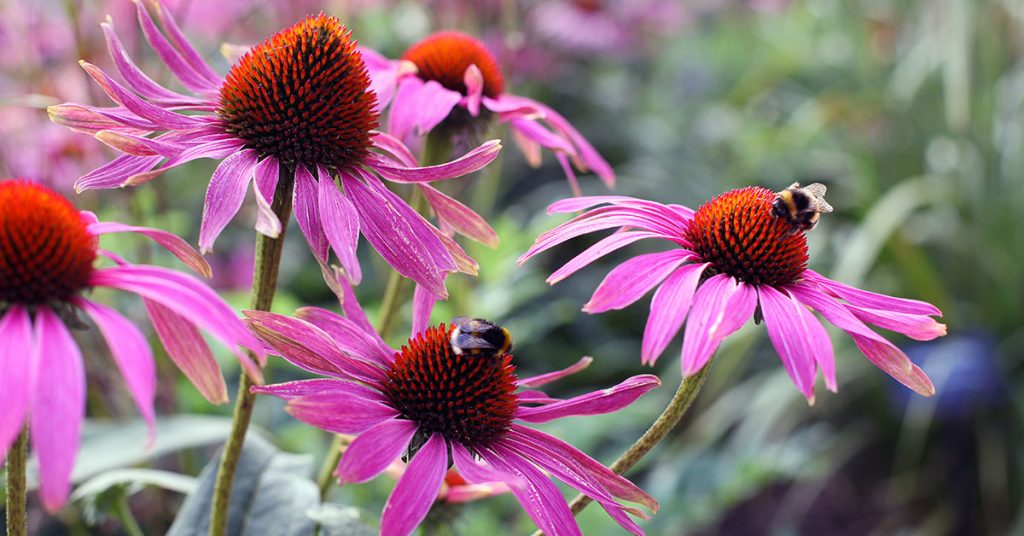
Coneflower, or Echinacea, is native to North America and is known for its daisy-like flowers with prominent cone-shaped centers. This plant thrives in dry, sunny conditions and requires very little water once established. Coneflowers are also beneficial for attracting pollinators and birds to your garden.
Plant coneflowers in well-drained soil and ensure they receive full sun. Water deeply but infrequently, allowing the soil to dry out between waterings. I love the cheerful blooms of coneflowers and their ability to brighten up my garden with minimal maintenance!
Russian Sage
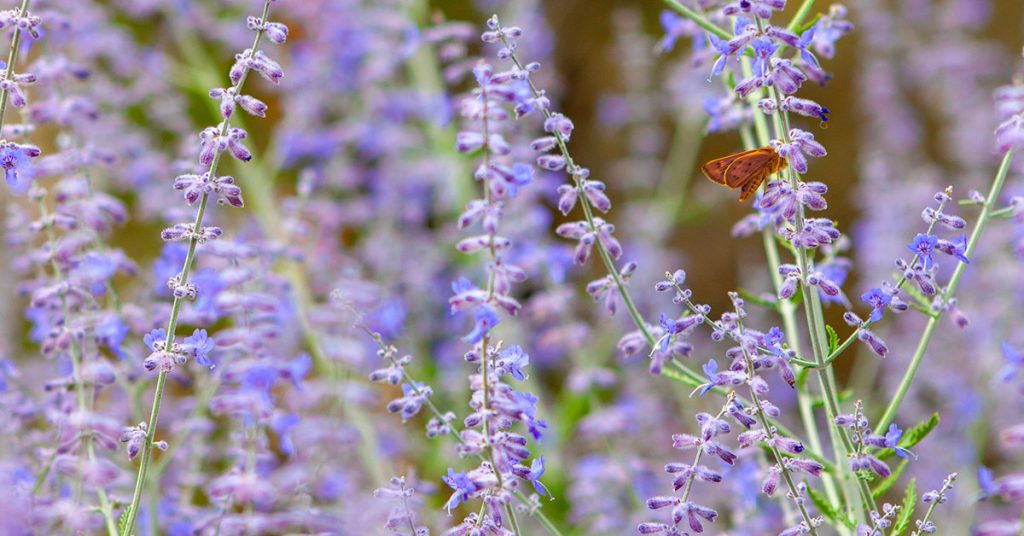
Russian sage is native to Central Asia and is known for its tall, airy spikes of lavender-blue flowers and aromatic silvery foliage. This hardy plant thrives in hot, dry conditions and requires very little water once established, making it ideal for drought-prone gardens.
To grow Russian sage, plant it in well-drained soil and ensure it receives full sun. Water sparingly, allowing the soil to dry out between waterings. I adore the ethereal beauty of Russian sage and its ability to attract pollinators while adding a touch of grace to my garden!
California Poppy
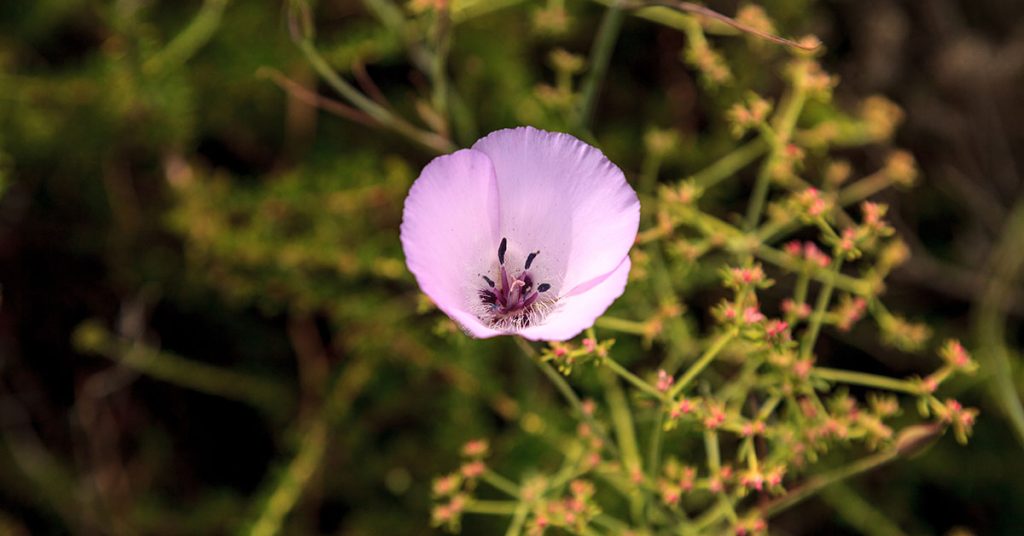
California poppy is native to the western United States and is known for its bright, cheerful orange blooms. This flower thrives in dry, sunny conditions and requires minimal water once established, making it perfect for drought-tolerant gardens.
Plant California poppies in well-drained soil and ensure they receive full sun. Water sparingly, allowing the soil to dry out between waterings. I love the vibrant color of California poppies and their ability to self-seed, providing continuous blooms year after year!
Sedum
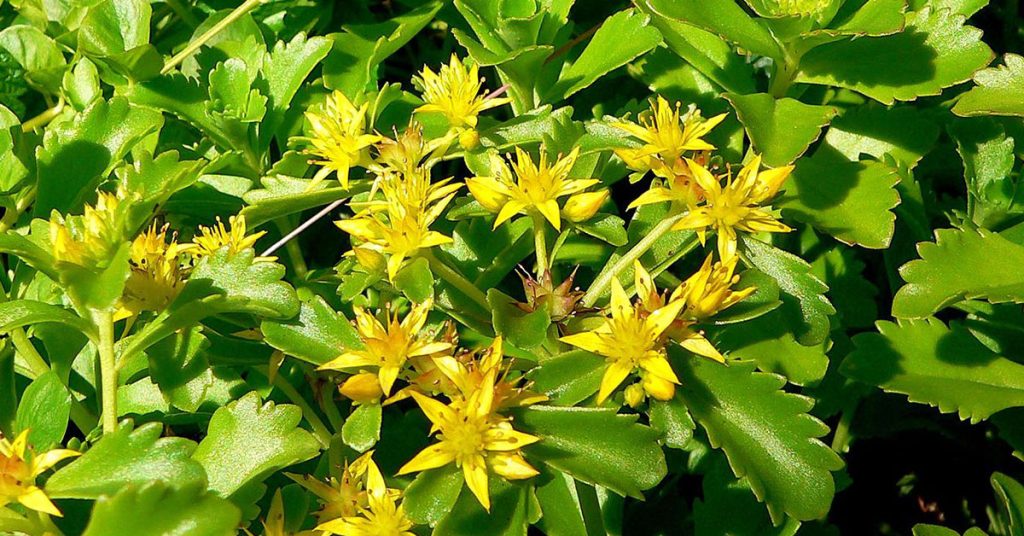
Sedum, also known as stonecrop, is native to various regions around the world and is known for its succulent-like foliage and clusters of star-shaped flowers. This plant thrives in dry, rocky soils and requires very little water once established, making it perfect for water-wise gardens.
To grow sedum, plant it in well-drained soil and ensure it receives full sun. Water sparingly, allowing the soil to dry out between waterings. I appreciate the low-maintenance nature of sedum and its ability to add texture and interest to my garden with its unique foliage and blooms!
Black-Eyed Susan
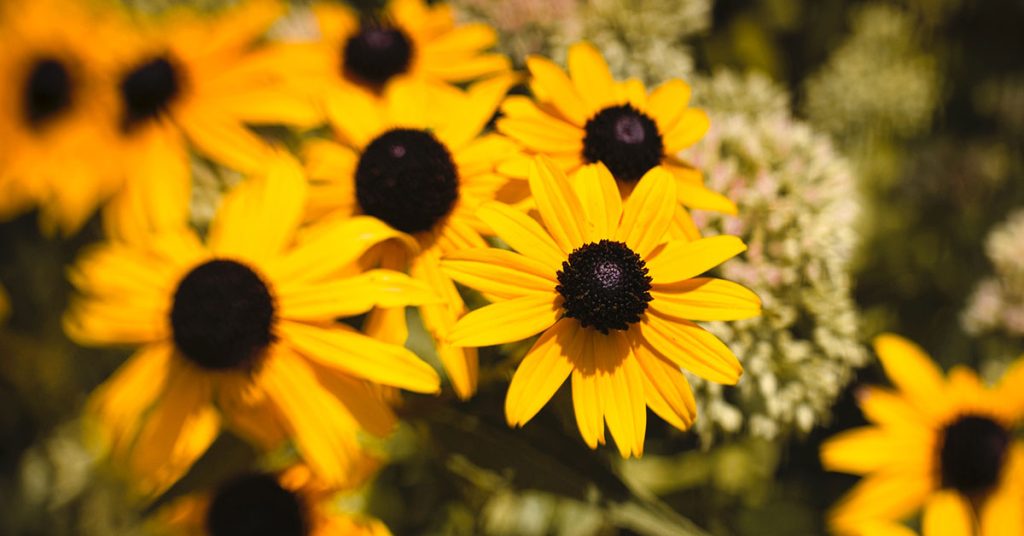
Black-eyed Susan is native to North America and is known for its bright yellow petals and dark brown centers. This hardy plant thrives in dry, sunny conditions and requires minimal water once established, making it ideal for drought-tolerant gardens.
Plant black-eyed Susans in well-drained soil and ensure they receive full sun. Water deeply but infrequently, allowing the soil to dry out between waterings. I love the sunny disposition of black-eyed Susans and their ability to attract pollinators while adding a splash of color to my garden!
Salvias
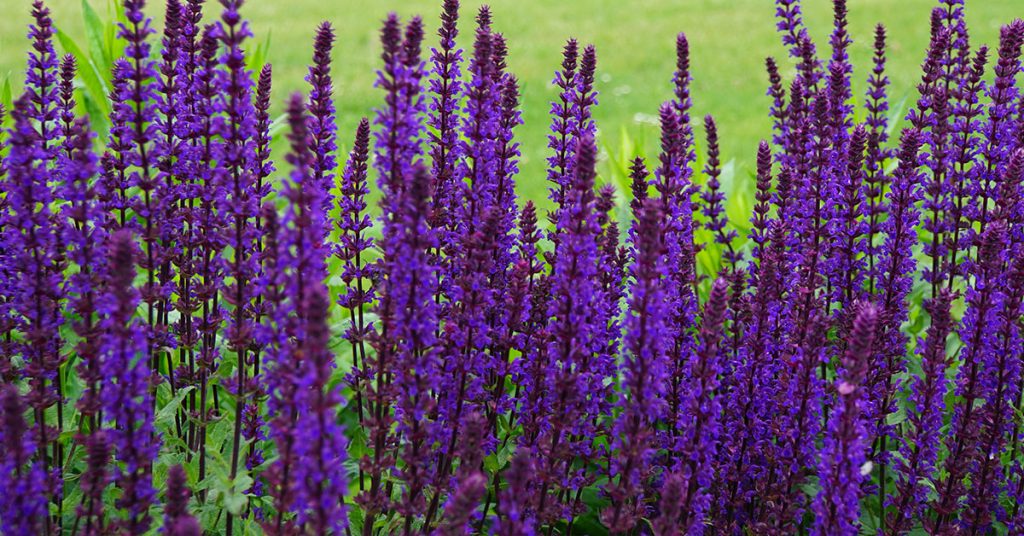
Salvias, or sages, are native to various regions, including the Mediterranean and Central America, and are known for their spikes of tubular flowers in various colors. These plants thrive in dry, sunny conditions and require minimal water once established, making them perfect for drought-prone gardens.
To grow salvias, plant them in well-drained soil and ensure they receive full sun. Water sparingly, allowing the soil to dry out between waterings. I appreciate the long-lasting blooms of salvias and their ability to attract pollinators, adding both beauty and ecological value to my garden!
Agastache
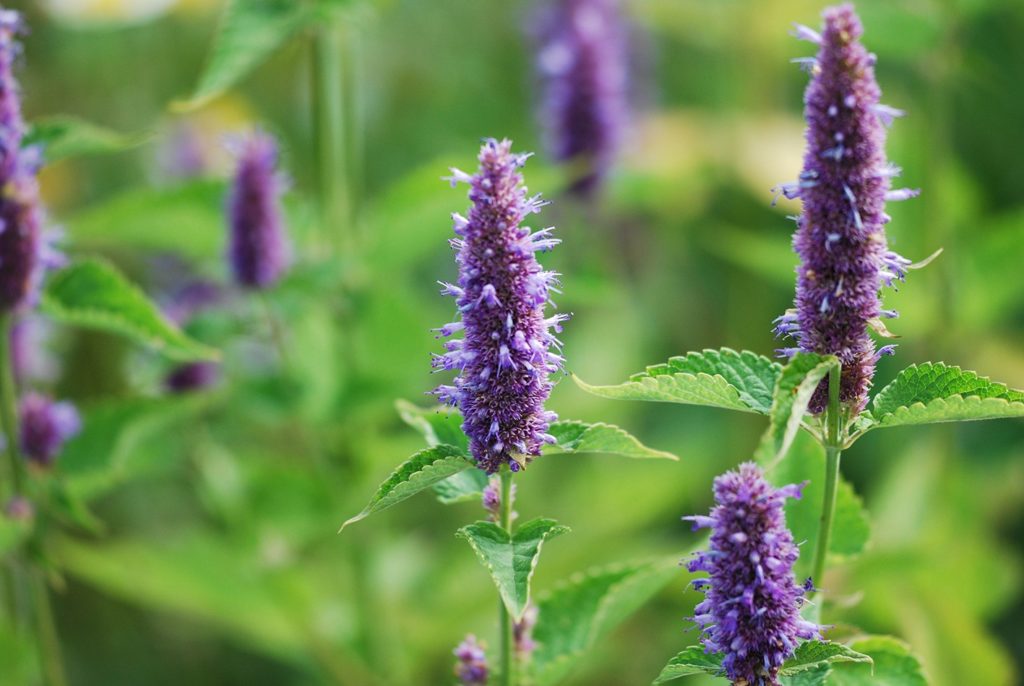
Agastache, also known as hyssop, is native to North America and Asia and is known for its spikes of tubular flowers and aromatic foliage. This hardy plant thrives in dry, sunny conditions and requires very little water once established, making it ideal for drought-tolerant gardens.
Plant agastache in well-drained soil and ensure it receives full sun. Water sparingly, allowing the soil to dry out between waterings. I love the fragrant foliage and vibrant blooms of agastache, and its ability to attract pollinators while adding a delightful aroma to my garden!
